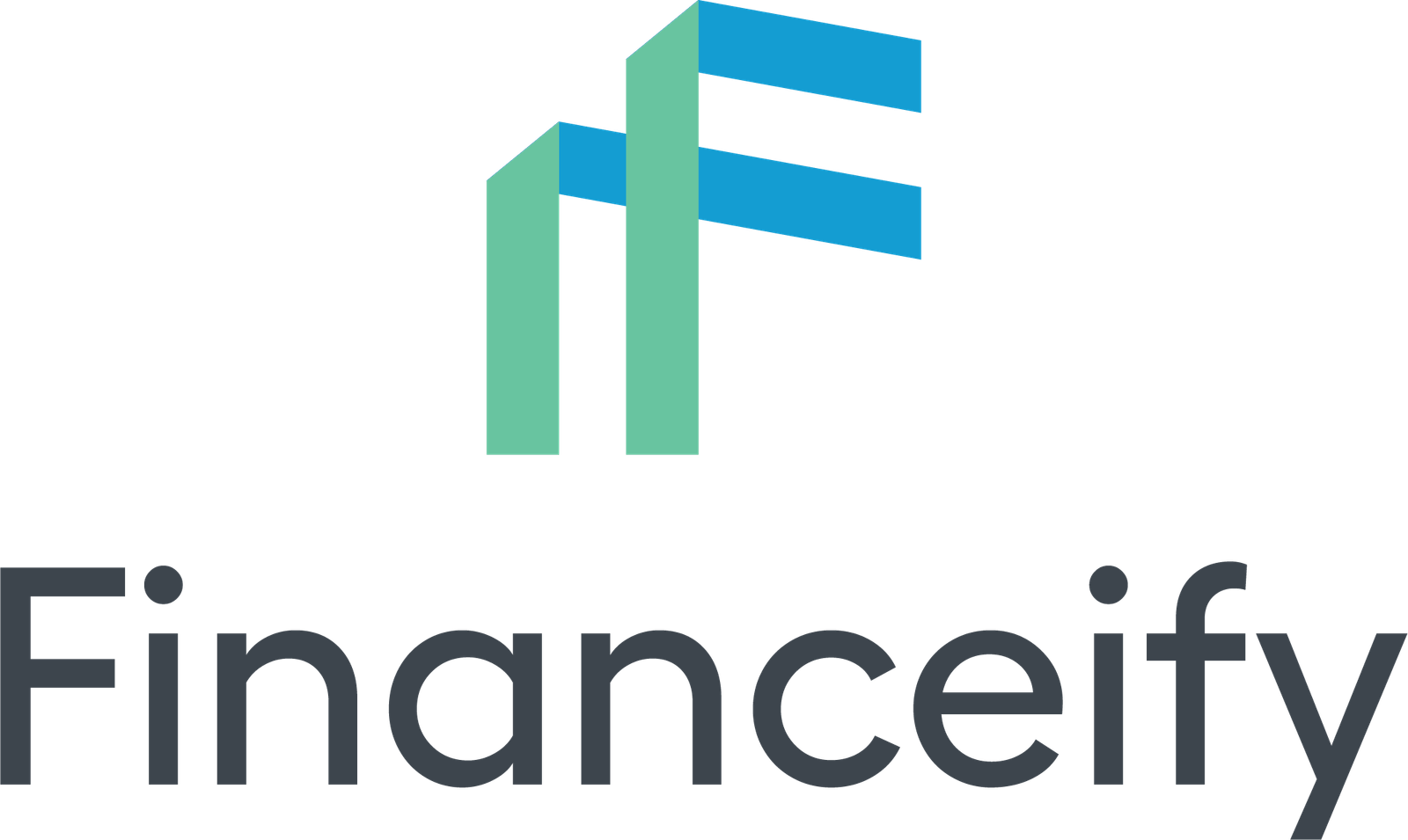Whether you’re leaving your job by choice, you’ve been laid off, affected by layoffs, or you’re considering a career change, the most important thing is to address the issue of what to do with your company’s retirement plan.
As a worker in Canada, you have several options that you can include in your workplace pension, so let’s dig into the details and see what you need to know.
1. Weighing the decision: stay or move?
When you decide to leave your job, you are faced with a key decision regarding your defined benefit (DB) or defined contribution (DC) pension.
- Defined benefit pension (DB): You can leave it with your previous employer or transfer it to your new employer’s plan.
- Defined contribution (DC) pension: You can usually take your account balance with you to invest elsewhere.
There are several reasons that may prompt you to transfer your pension:
- Transferring your pension to a company you no longer trust or that you think may go bankrupt.
- Searching for better retirement planning options.
- Wanting a more personalized service.
However, before taking any action, always consult a financial advisor to understand the nuances involved.
2. Vesting period and your rights
It is very important to make sure that your pension, whether DB or DC, is fully vested. This determines your rights in terms of employer contributions and any subsequent earnings. Typically, the vesting period is two years or less, but this may vary by company. Depending on the province, immediate vesting may be mandatory.
3. Clarification of facts: pension benefits statement
When you leave your job, make sure you get a written statement benefits summary. This document details your retirement benefits and serves as a tangible record.
Employers have 30 days to provide this, which should include:
- Benefits overview.
- The converted value of your plan.
- Available options and decision deadlines.
- Retirement plan administrator contact information.
4. Choices lie ahead: what is best for you?
- Choice #1: Do nothing: Keeping your company pension in place may be an easy way, but it does come with some risks. The stability of your company may affect your pension payment.
- Choice #2: Transferring to a new employer: Ask your new employer if they will accept your DB pension. Private companies tend to NOT accept this. Public institutions will probably make you an offer. You may be able to “buy back” additional time.
- Choice #3: Imitation Annuity: Switching to a follower annuity provides the same retirement benefits, but from a reliable Canadian insurer such as Sun Life, Canada Life or Desjardins. In most cases, there is a cash surplus.
- Choice #4: Take cash: Choosing commutated value provides flexibility, but also creates challenges related to wise management of funds and tax consequences. Let’s take a closer look at the tax implications.
5. Specific scenarios: resignation, termination and transfers
- Resignation: Both federal and provincial laws protect pension entitlements, which vary depending on the type of pension. Defined benefit pension holders can often take their benefits in a lump sum or transfer them to a blocked retirement account (LIRA). For defined contribution retirees, a savings plan with a lock or a savings account with the option to withdraw cash will be available.
- Transition to a new employer: If you’re changing jobs, you may be able to transfer your retirement benefits, provided the new plan is acceptable to you.
- End: Even after you are made redundant, you still own your pension.
6. Charting uncharted territory: leaving without a new job
In scenarios where there is no immediate job on the horizon, it is advisable to consider a lump sum payment or a lock-in savings plan.
- Lump sum payment: Choosing this option may mean paying income tax on the entire amount, which could put you in a higher tax bracket. However, you can park your retirement funds. Let them grow. Then collect your pension when you retire.
- Blocked Retirement Account (LIRA): A LIRA works like an RRSP, except the key difference is the availability of funds. Your LIRA money typically remains unavailable until age 55. When you use a LIRA, there is a maximum withdrawal amount.
Start by contacting Pension Solutions Canada
Navigating the post-employment retirement landscape can seem daunting. But with the right tools, knowledge and expert guidance, you can ensure that your retirement remains as comfortable and secure as you imagined.
Whether you’re weighing your options or looking for a tax minimization strategy, connecting with a certified financial advisor can provide clarity and direction.
Plan your future today! Schedule a 15-minute consultation with one of our certified financial advisors by clicking here. It’s completely free.


